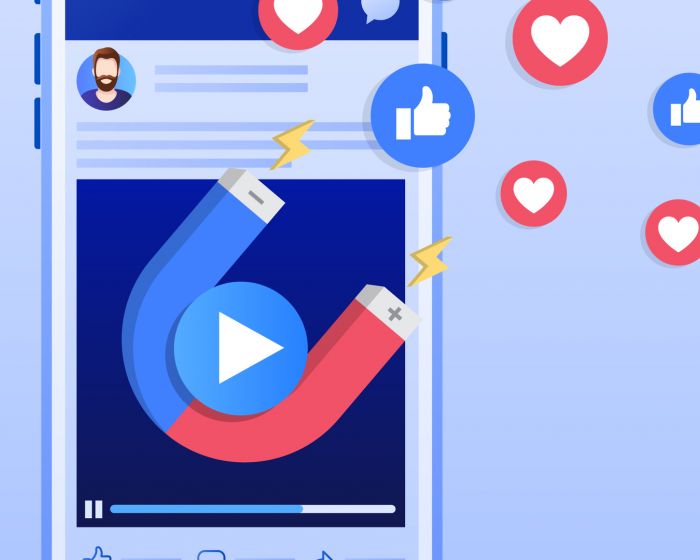Google can use a technology that uses URLs to help people online understand your website's pages.
There are five parts to a URL.
Each part is described in detail, and there is an example that will help you better understand a web address' anatomy.
What are the components of a URL?
A URL is comprised of five parts: a subdomain, scheme, top-level domain, and a second-level domain.
URL Structure
https://xyz.abc.com/mywebsite/
This scheme instructs web servers on which protocol they should use to access a page from your website.
HTTPS (Hypertext Transfer Protocol Secure) is a web protocol. This tells your web browser that it will encrypt all information you input onto the page. This security protocol protects visitors to your website and will improve your site's ranking on Google.
You might also see mailto://, which opens your computer's default email provider and allows you to draft an email to that email address—Ftp:// is also a protocol that helps to transfer computer files between clients and servers on a private and public network computer network.
Subdomain
https://xyz.abc.com/mywebsite/
As mentioned above, your website is comparable to a house. Subdomains can be compared to specific rooms within that house. A subdomain is a page that a web browser should display.
For example, subdomains such as "blog" and "offers" will display your website's offers page or blog page. Subdomains can also bucket your website into the main content categories. This shows Google and visitors that your site has more information than a homepage.
Second-level Domain
https://xyz.abc.com/mywebsite/
Your second-level domain (SLD) is the name of your site. It lets people know they are visiting a specific brand's website. For example, people who visit ‘youtube.com’ know they are on major entertainment and information provider site without looking any further.
Top-level Domain
https://xyz.abc.com/mywebsite/
The top-level domain (TLD), which identifies the type of entity your organization registers on the internet, is what you can call it.
Many American businesses use the top-level domain ".com." Like ".com," ".edu" is used by institutions and academic providers globally. Many American universities and global universities and colleges register with ".edu."
Subdirectory
https://xyz.abc.com/mywebsite/
This helps people to understand which web page belongs to you.
For instance, if you own an online store that sells t-shirts, hats, and books, one of your website's URLs could look like "https://shop.mystore.com/books." The subdomain "shop" is located under the "books" subdirectory. This URL would display the "Books," a subfolder within the "Shop" pages. Other subfolders would include mugs, T-shirts, books, games etc.
URL Structure: Subtle Yet Essential
Although URLs may seem easy and trivial, they are essential for your website's UX (user experience) and SEO. If you want a domain, you can buy it from GoDaddy or a URL provider that can help the public locate your website globally.
Need help developing a compelling and memorable website URL? Contact the team at EWM today for guidance, advice and support.








